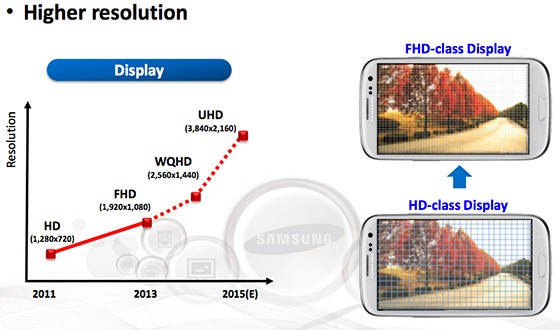We are speculating based on first hand reports, known engineering limitations, reseach about the basic requirements for a good VR experience, and plenty of presentations about the technology involved. There will be differences and tweaks before release, but the latest prototypes from each company won't have a complete redesign since it's all a year or less from launch.
People who tried all three VR prototypes within the same day took extensive notes about their observation. So far the PS4 solution is said to feel competitive with high-end PCs from competitors. For that alone it's undeniable that Sony got something impressive far beyond expectations.
This isn't actually true. At least the part about redesigns. Oculus still hasn't shown a protype from this year. The last prototype from them was shown off last Sept. So they will have plenty of time to design something new and better by fall. Look at the jump sony accomplished.

